Note
Hello, my name is Sol Kong, and I am a game designer currently working at the digital game company Krafton in South Korea.
The reason I am reaching out is that I am creating a board game themed around WWI dogfighting as part of my personal bucket list.
I would like to use some illustrations for this, and I am inquiring if there is a specific source I should use for this purpose.
Have a great day!
I thought I already replied to this. Hello Kong, this is not the first time I am asked this question. Because once I tried to design rules for a WWI dogfight game, I am answering this. These illustrations don't belong to me, I just collected them from many sources and scanned some of my own collection. In the captions whenever I possible I indicate the author and the model kit company or publisher. You should search in the internet to find the company website and ask them nicely for permission. It will be granted since it gives free publicity to the company. You can also try to find the artist online, some have websites or social media like facebook. Hope this helps and best wishes with your game, keep me informed please.
Regards-
2 notes
·
View notes
Photo

Zeppelin L 23 once captured a Norwegian ship the “Royal” in the North Sea on Apr 23 1917 but on Aug 21 1917 it was shot down by 2nd Lt Bernard Smart flying a Sopwith Pup launched from the deck of HMS Yarmouth
119 notes
·
View notes
Text

"The heavens are their battlefield. They are the Cavalry of the Clouds. High above the squalor and the mud, so high in the firmament that they are not visible from earth, they fight out the eternal issues of right and wrong. They are struggling there by day, yea and by night in that titanic conflict between the great foes of light and of darkness. They fight the foe high up and they fight low down. They skim like armed swallows along the front, taking in their flights men armed with rifle and machine gun. They scatter infantry on the march, they destroy convoys, the scatter dismay. Every flight is romance, every record is an epic. They are the knight errants of this war, without fear and without reproach. They recall the old legends of chivalry, not merely by the daring of individual exploits, but by the nobility of their spirit and amongst the multitudes of heroes, we must continuously thank the cavalry of the air"
― David Lloyd George, British Prime Minister, speech to the House of Commons in movement of a motion of thanks to the armed services, 29 October 1917.
334 notes
·
View notes
Text
342 notes
·
View notes
Text
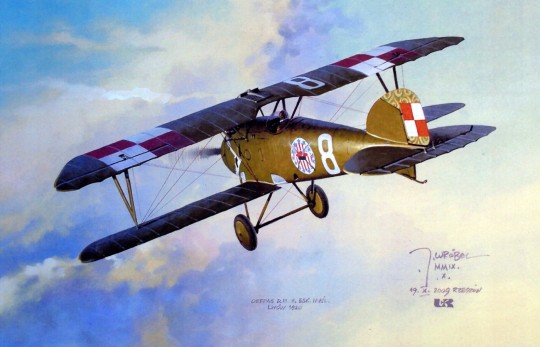
1920 Albatros DIII 153 Oeffag 7 Eskadra - Jaroslaw Wróbel
repost better quality and color
67 notes
·
View notes
Text

1919 Vickers Vimy - Don Greer
repost better quality bigger size
67 notes
·
View notes
Text

1919 Nieuport Ni24 bis - Robert Firszt
69 notes
·
View notes
Text
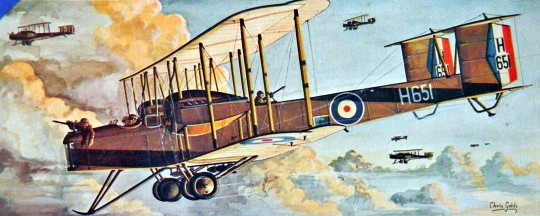
1919 Vickers Vimy - Chris Golds
repost better quality
44 notes
·
View notes
Text
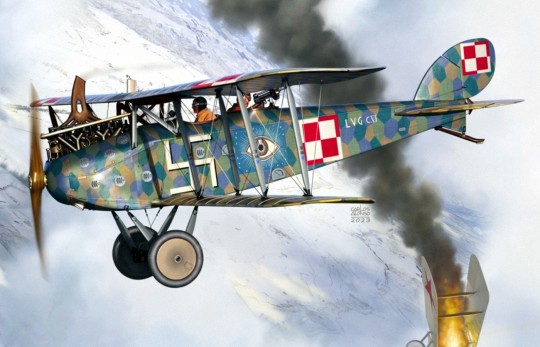
1919 Halberstadt CLIV Poland - Carlos Alonso
46 notes
·
View notes
Text

1919 Breguet XIV Poland - Jaroslaw Wrobel
27 notes
·
View notes
Text
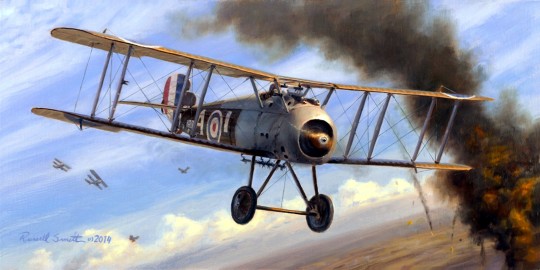
1918 11 04 Snipe Fury - Russell Smith
Introduced into service during the final weeks of the war, the Snipe was last Sopwith production aircraft to see service during the war. Featuring a 220 hp Bentley BR.2 rotary engine, cutout upper wing center section and double bay wings, the Snipe was a rugged aircraft that performed well in combat.This particular aircraft, E8050, was flown by Capt. E.R. King of No. 4 Sq. AFC. King scored his final 8 victories of the war in this aircraft.
47 notes
·
View notes
Text

1918 10 26 Aleppo Citadel, Holy Lands - James Dietz
49 notes
·
View notes
Text

1918 10 27 Wrong place - Russell Smith
repost better quality and color
On October 27, 1918 Maj. William Barker, one of the highest scoring Allied aces of WW1, took off from Beugnatre on what would become one of the controversial flights of the war. Flying a new type of aircraft, the Sopwith Snipe, Barker crossed over the lines in an attempt to score another victory before returning to England. He found what he was looking for near the town of Valenciennes, scoring a high altitude victory over a two seat reconnaissance aircraft high above the Mormal Forest. In the process, however, Barker himself was attacked from below by Fokker DVIIs from an unknown German Jasta. Wounded and disoriented, Barker lapsed in and out of consciousness as his plane fell from the sky. As he fought for his life among an unknown number of German aircraft he even attempted to ram one of the Germans. In the end, Barker managed to bring his Snipe down inside of the Allied lines. William Barker was awarded the Victoria Cross for his actions that day
35 notes
·
View notes
Text
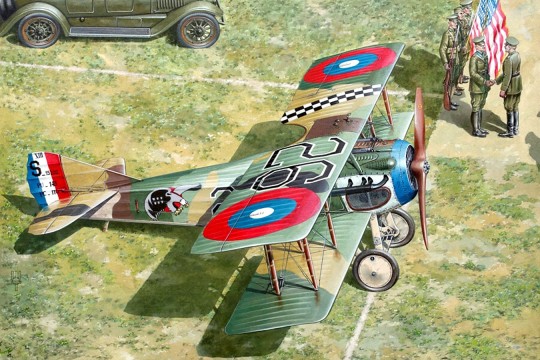
1918 09 SPAD XIII c.1 1st Pursuit Group, 27th Aero Sqn, Ltn Frank Luke - Roden models
54 notes
·
View notes
Text

1918 09 Italy 139 Sqn Bristol serial D-8084 - Russell Smith
The Bristol Fighter was a manoeuvrable, heavily armed two-seater biplane, and one of the most successful fighters of the war. It got off to a poor start during "Bloody April" when it was introduced to the Western Front by inexperienced pilots. Believing that the aircraft was structurally weak, pilots avoided violent manoeuvres during combat. It was soon realised however that the Bristol fighter was actually a very sturdy aircraft and it could be manoeuvred as if it were a single seat fighter with rear protection. Bristol crews met with great success by using their aircraft in this way. By the end of the war over 240 pilots and gunners achieved ace status in the type.
41 notes
·
View notes
Text
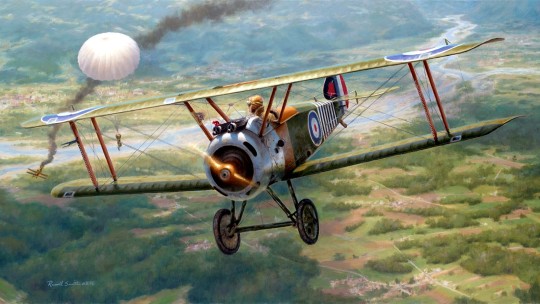
1918 09 18 Barker's revelation - Russell Smith
Barker's Revelation depicts William Barker's victory over an Austrian scout near the Piave River in Italy on Sept. 18, 1918. The victim was Sergeant Ludwig Thaler of Flik 14D. As Thaler's Albatros began to burn he bailed out and deployed his parachute, a device which had only recently been introduced into the Austrian squadrons. The sight of the Austrian pilot floating safely to Earth helped to convince Barker that parachutes should be necessary equipment for all pilots.
33 notes
·
View notes